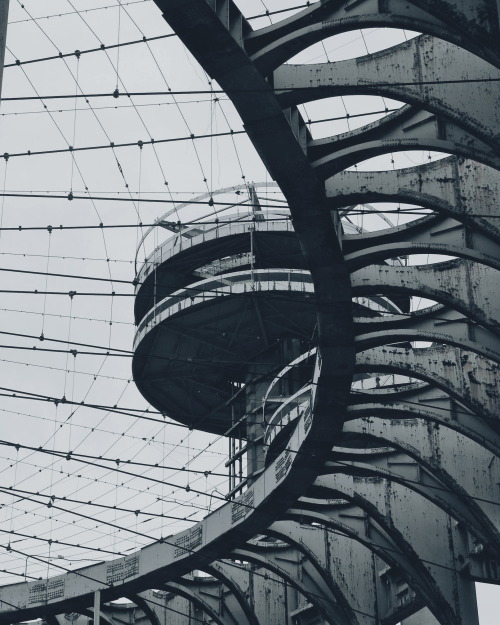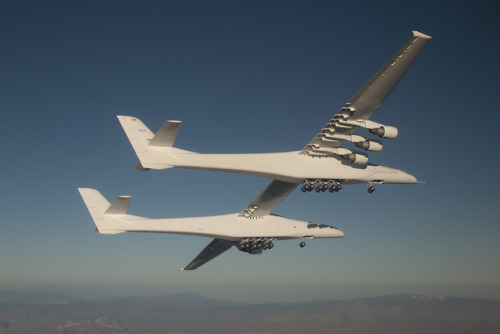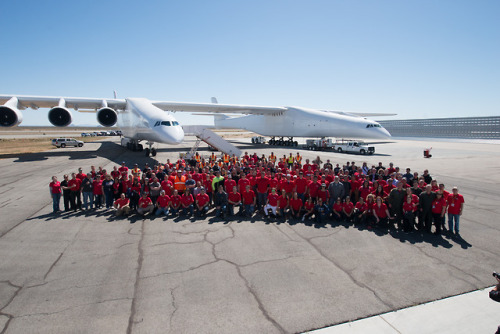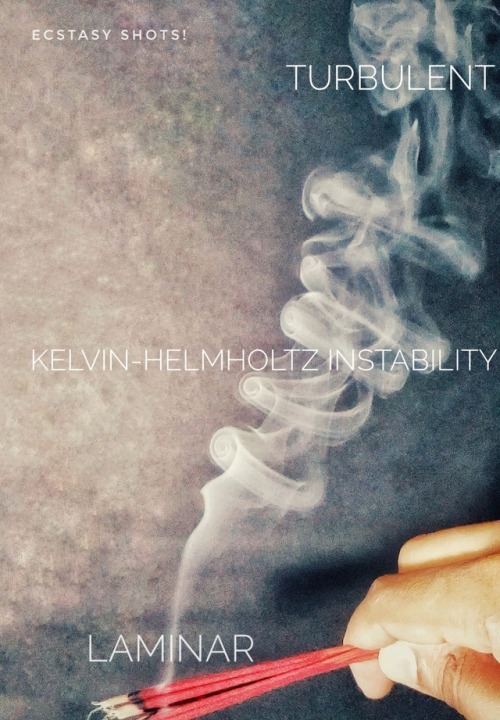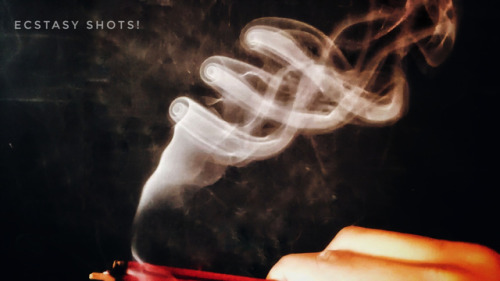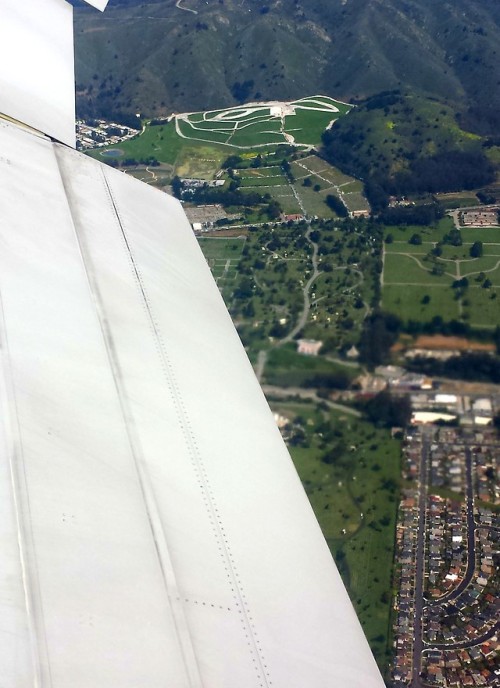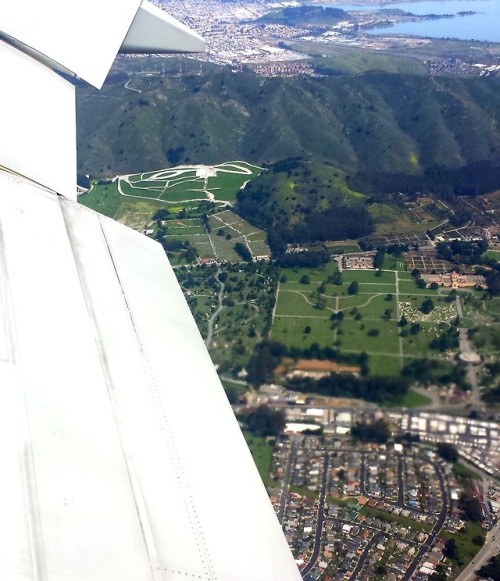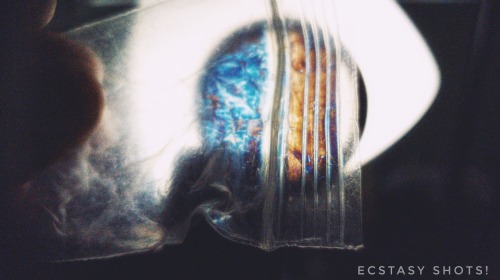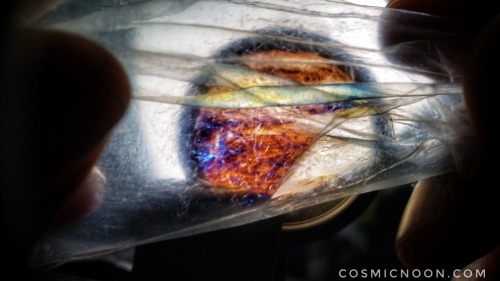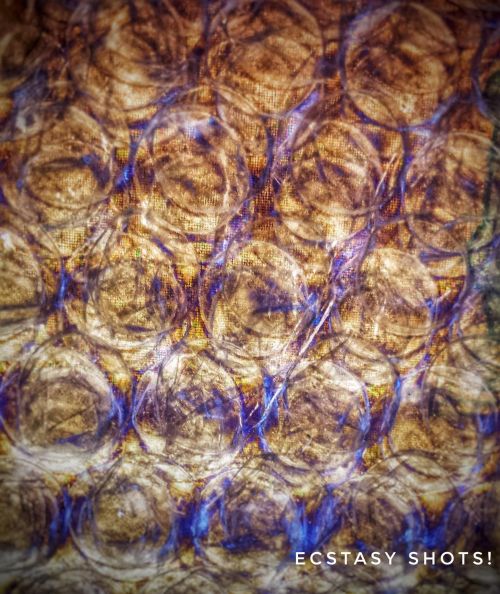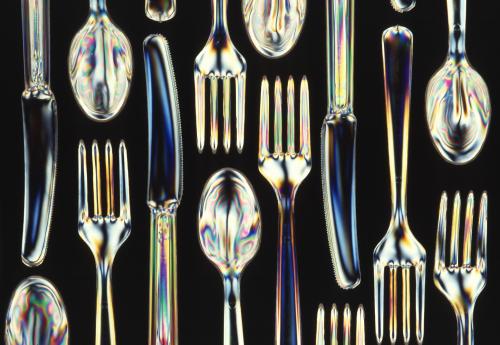#engineering



Shuttle Discovery flies near the ISS ‘posing’ for a series of inspection photos.
STS-121 - July 2006. ✨
I’d probably never use it, but I feel like I need one anyway!
➡odditymall.co/bbvpz
Its wingspan is longer than an American football field. And one day, this massive airplane could ferry rockets carrying satellites into space.
This month, “Stratolaunch,” what’s being billed as the “world’s largest all-composite aircraft,” successfully completed its first flight over the Mojave Desert in California.
Pilots from Scaled Composites, LLC, an aviation firm founded by legendary aeronautical engineer Burt Rutan, flew the record-setting craft.
Rutan designed Voyager, another record-setting craft, which in 1986 was the first plane to fly around the world without stopping or refueling.
(Image Credit: Scaled Composites, LLC)
Post link
Flow galleria (#2) : Smoke from an Incense stick
In this set of images the smoke from an incense stick is seen making a transition from a smooth laminar flow (very close to the incense stick) to a turbulent flow (far away from the incense stick) while passing through the Kelvin-Helmholtz instability (rolling vortices).
** This post is part of the ‘Flow series’ by FYPhysics and EcstasyShots!. Check out the previous posts here.
Post link

Let’s ask a very generic question:
I hand you an object and ask you to predict whether the object would float or sink. How would you go about doing that ?
Well, you can measure the mass of the object and the volume of the object and can derive this quantity called Average Density

It is the average density of the entire object as a whole. If this object is submerged in a fluid of density , then we can draw the following force diagram:


Fun Experiment:
If you drop some raisins in soda, you will notice that they raise up and fall down like so (Try it out!):
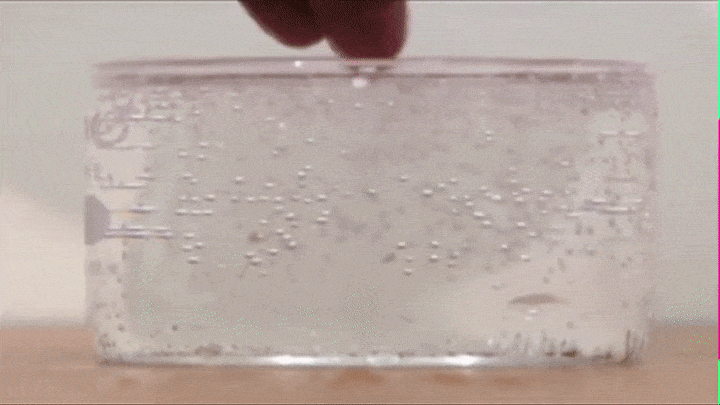
This is because air bubbles that form on the top of the raisin decrease its average density to the point that its able to make the raisin raise all the way from the bottom to the top.
BUT once it reaches the top all the air bubbles escape into the atmosphere (its average density increases) and the raisin now falls down.
Questions to ponder:
- Why do people not sink in the dead sea ?
- How are submarines/divers able to move up and down the ocean ? How would you extend the average density argument in this case.
- Why do air bubbles in soda always want to raise up ?
- If the total load that needs to on a ship is 25 tons. What should be the total volume of the ship in order to remain afloat if the density of sea water is 1029 kg/m3,
** This post is part of the ‘Flow series’ by FYPhysics and EcstasyShots!. Check out the previous posts here.
Recently we stumbled upon this cheap high voltage converter on Amazon which claims a boost from 3-6V to 400kV.
Although really skeptical about the 400kV claim, a lot of comments indicated that it did boost at the very least to 10kV so we got one of these to test it out.

Schematic diagram for lighting up a CFL using the high voltage converter

Using a 1.5V battery to power the circuit

Using a 3V battery to power the circuit
And boom! There we go, that’s how you light up a CFL light bulb using a 3V battery!
If you do have access to a plasma globe or a tesla coil, things become a little bit more simpler:

Wireless (but not free) means to power a CFL light bulb
The way CFL light bulbs works is by exciting the electrons in the lamp and when they return to the ground state they radiate ultraviolet light. This emitted light is converted to visible light when it strikes the fluorescent coating on the glass.
So it really does not matter how you decide to excite the electrons to the higher energy state. It might be a high voltage converter, a tesla coil, a plasma globe, etc but all you need is a device that will kick those electrons inside the bulb from their ground state to the higher excite state. That’s all you need!
Have a great day!
Flow
Premiering in the summer of 2019 is a web series that we have been working on titled ‘Flow’ which is aimed at expressing the beauty of Fluids through the looking glass of a slow motion camera.
Here is a trailer to the upcoming series. Hope you guys enjoy it!
–
FYPhysics! & Ecstasy Shots!
Bending light using heat: DIY Airplane edition
These images were captured from an airplane overlooking San Fransisco. But there’s something interesting going on here and something you can try the next time you are flying.
Right near the the middle of the image you should be able to notice a haze in the image. This is due to the exhaust from the engine.
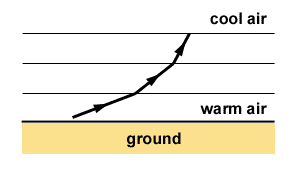
Hot air is less dense than cold air.
And this creates a gradient in the refractive index of the air.
The turbulence of the air emanating from the exhaust gases also has a direct correlation to the degree of distortion of the image.
More the turbulence, more the distortion.
Although the above image is from a commercial aircraft, the effect is even more dramatic in fighter jets.
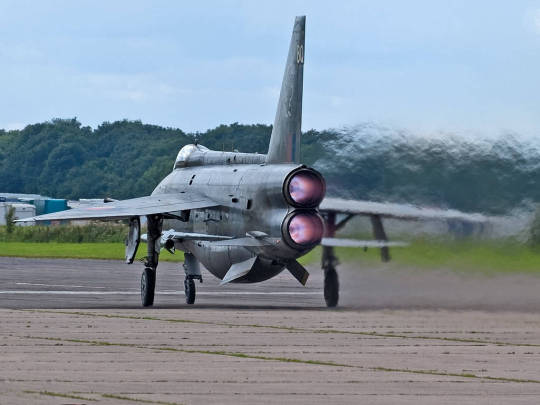
* The term that is used to describe this phenomenon is ‘Heat Haze’. You can read more about this here.
Post link
Fluids
Buoyancy
Flow Instabilities
Pilot Wave Hydrodynamics (completed with Nicole Sharp, FYFD)
Others
Physics
Astronomy
Measurements
1. [How far away is the moon and lunar laser ranging experiment](https://fyphysica.tumblr.com/post/117782860366/how-far-is-the-moon)- How to use the hubble legacy archive (HLA) - 101
- The Chandler wobble
- On the orbital plane
- Supernova Sorcerer: Robert Evans
- A note on the Hydrogen spectrum
- On the strong 5577Å spectrum line
- Celestial wonders – Binary stars
- Dropping a feather on the moon
- Saturn’s hexagonal cloud pattern
- Beauty of eclipses on earth
- On disappearing shadows of Birds and airplanes
Classical Mechanics
- So. this is called blobbing
- The simple harmonic oscillator
- Using complex numbers in classical mechanics
Remembering the Laplacian in different coordinate systems
1. [Jackson's form of the laplacian in spherical coordinates](https://ecstasyshots.wordpress.com/2019/02/18/jacksons-laplacian-in-spherical-coordinates-proof/)- Euler-Lagrange equation for a classical field
- Cooking up a Lorentz invariant Lagrangian
- Length contraction , Time dilation and Lorentz Transformation: Pokemon edition
E&M
- Chocolate bar in Microwave(#1)
- Chocolate bar in Microwave(#2)
- On Diffraction and the Helical structure of DNA
- On Optical Tunneling and Evanescent waves
- Diamagnetic Levitation -Ig Nobel prize (2000)
- A note on levitating frogs and superconductivity
- Can you crush a soda can with lightning ?
- Pokemons and bioelectricity
- The holy grail of Electromagnetic Radiation
- Combinatorics and the two state paramagnet
Chaos
Quantum Mechanics
Math
Feynman’s trick
Differential equation
Beautiful proofs
Number and Graph theory
Pi-day
Others
- Why is (-1) x (-1) = +1 ?
- Why is 1+1 = 2 ?
- Only Time will tell - A Complex Number Tribute.
- Complex numbers are not complex
- Basis vectors are instructions
- The generalized product rule (Leibniz formula)
[Finding n roots of unity](https://fyphysica.tumblr.com/post/176415634641/multiplication-and-n-roots-of-unity)8. [Never forget De Moivre’s formula](https://fyphysica.tumblr.com/post/176137661561/never-forget-de-moviers-formula-if-you-ever-find)
Engineering
Themed adventures
Up, up and away
1. [The magnus effect](https://fyphysica.tumblr.com/post/134198455876)- Introducing the wind-tunnel
- Flight dynamics : Pitch , roll and yaw
- Physics of “stall”
- On Taj Mahal and lift in airplanes
- Vortex Generators _( How inducing a vortex helps an aircraft )_
- Wingtip vortices ( The why and how about wing tip vortex )
- Have you heard about the popular y250 vortex on a F1 car? It’s amazing!
- Von Kármán vortex street
- Aerodynamic Flutter
- Landing on aircraft carriers
Train, Flights and cars
Flight
1. [What Is That Hole in the Tail of an Airplane?](https://fyphysica.tumblr.com/post/142619755241)Rockets
1. [ How to turn during flight ?](https://fyphysica.tumblr.com/post/132215818276/rockets-101-how-to-turn-during-flight-to-be)- Pantograph and Trains
- This is a Dragster Blowover
- UV light, Thou shall not enter!
Technology
Others
- Walter lewin chalk trick | 1000 fps
- Why do shower curtains encroach your showering space ?
- Can dominos knock down the empire state building?
- Types of damping
- The Miura fold : Making flat surfaces smaller
- Powering a 13W CFL bulb using a 3V battery
- Square wheels on cars?
- De-constructing Backyard Brain’s TED talk
- Why can’t you cycle backwards?
- Baby powder and fire breathing
- Why do bullets spin when they leave the barrel ?
- Polish a surface well enough and you can turn it into a mirror !
- Small balloons exert higher pressure ?
- How does turning this knob control your fridge temperature?
- How does sand from Sahara end up in your windshield ?
- A note on Vibration and Washing Machines
- You cannot drown in Quick Sand!
- The great pyramid of Giza has 8 sides not 4!
- Why not just build a solar panel around the sun to solve all energy problems?
- Major types of engines - giffed
Explorations in Photoelasticity
When a plastic is placed between two polarizers it produces these brilliance of colors. These colorful patterns are particularly useful in structural analysis studies where these colors are used to find the stress induced (during manufacturing or during operation) in different materials.
*For a good introductory video that runs through the applications of photoelasticity, check out this link.
** After the winter break we will be revisiting ‘Pilot wave hydrodynamics’, this time taking a more DIY approach to this fascinating phenomenon.
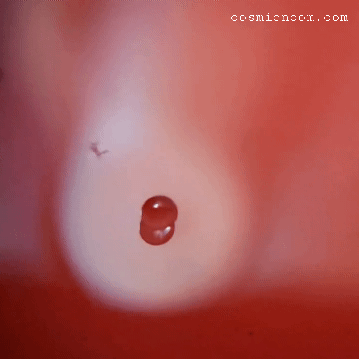
Check out our previous collaborative series on Pilot wave hydrodynamics with FYFD! here
Stay tuned for that and Happy holidays everyone!
–
FYPhysics!
Post link


